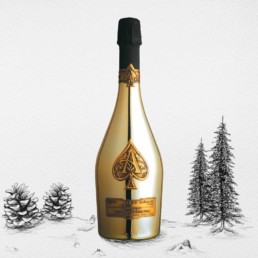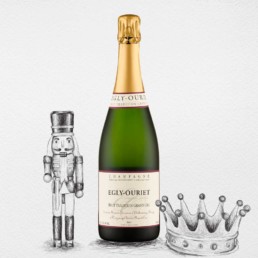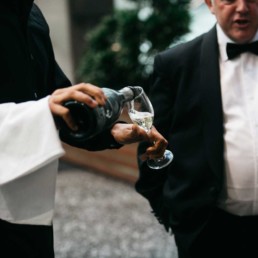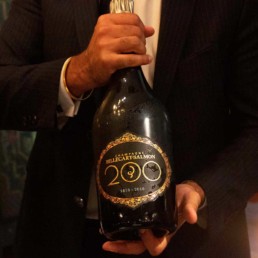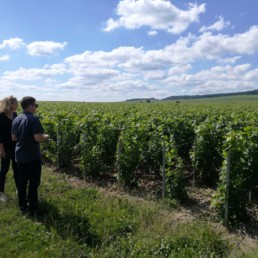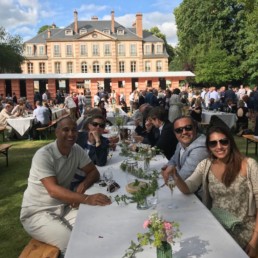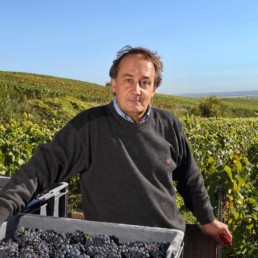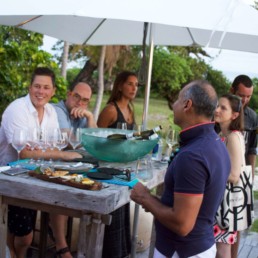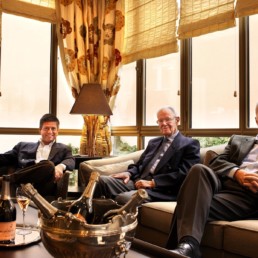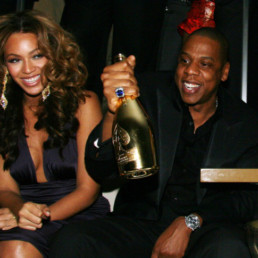19 December, 2018
Festive Picks: Armand de Brignac ‘Ace of Spades’ Gold Brut Champagne
“The nose is full of flavours and rich with notes of white flowers and crème patissière. However, the palate is crisp,…
10 December, 2018
Festive Picks: NV Egly-Ouriet Brut Tradition Grand Cru
Its rippling intensity juxtaposes magnificently with marvellous acid line, underscored by prominent, fine chalk…
27 November, 2018
Champagne Billecart-Salmon at the Deloitte Top 200 Awards
We had the great pleasure of serving our Billecart-Salmon champagne to the Top 200 companies of New Zealand.
5 November, 2018
Billecart-Salmon Bicentenary Soirée
An ultra-exclusive soirée to celebrate the Maison Billecart-Salmon's 200th Birthday.
3 July, 2018
Puneet & Brandon in France: Day One
Brandon and I drive to Ambonnay - one of the greatest vineyard sites for Pinot Noir in the world. We drive into the…
2 July, 2018
Billecart Bicentenary Celebrations in Mareuil-sur-Aÿ
Only Magnums are served with a crescendoing effect throughout the evening, starting with the Brut, to Rose, to 2007’s…
29 June, 2018
Egly-Ouriet: One of the Finest Grower Champagnes
Egly-Ouriet is considered one of the top producers amongst the Grower Champagnes. In fact wine critic Tyson Stelzer…
5 June, 2018
Billecart-Salmon Celebrations on VOMO Island
Take one luxury tropical island resort, one Master chef and one of the World’s greatest Champagnes, and what do you…
5 April, 2018
Maison Billecart-Salmon 2018 Bicentennial: A Family Story
“Give priority to quality, strive for excellence”. This has been the motto passed down from generation to generation of…
12 December, 2017
#1: NV Armand de Brignac Gold Brut “Ace of Spades”
Touted as the most expensive Champagne and available in the infamous 30l 'Midas' bottle - this bad boy is worthy of…
